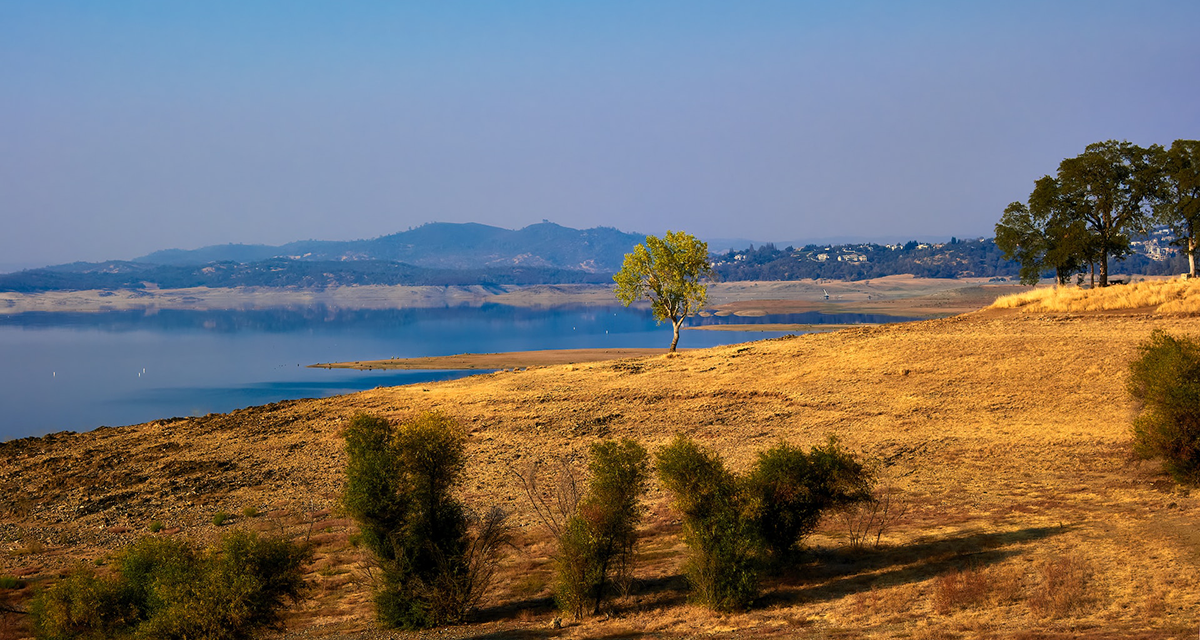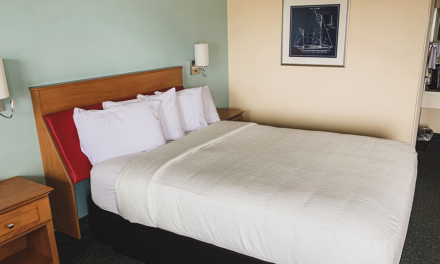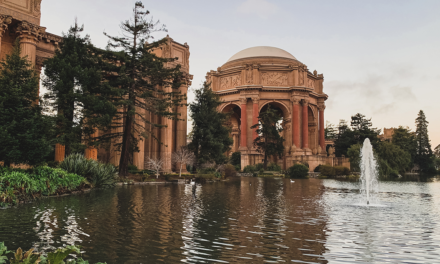My relationship with Folsom, California, is layered with experiences that range from the adrenaline of assisting at the Folsom Lake Triathlon to the tranquility of cycling down the American River Bike Trail.
Folsom has always been more than just a dot on the map for me; it’s a retreat from Sacramento, a place of recreation and historical intrigue.
Whether camping at Peninsula Campground, exploring the Folsom City Zoo Sanctuary, or partaking in Old Town Folsom’s enchanting Christmas Tree lighting, this city never ceases to amaze.
Behind its modern charm lies a history as deep as the waters of Folsom Lake and as resonant as the chords of a Johnny Cash song echoing off the walls of its famous prison.
From Gold Rush to Urban Growth: The Foundation of Folsom
Folsom’s story begins with gold – the shimmering promise that lured seekers and set the stage for a city.
In the mid-1800s, gold fever swept through the area, and Joseph Libbey Folsom played a pivotal role in the city’s development. After purchasing land from the heirs of a grant, he envisioned a railway connecting the gold-rich foothills to the rest of California.
Sadly, Folsom passed away before seeing his dream come to fruition, but his vision lived on, and the city that took his name grew around the wealth brought forth from the earth and the innovation spurred by his ambition.
The Power of Water: Folsom’s Role in California’s Hydraulic History
Water has been a defining element of Folsom’s identity.
The city was instrumental in the development of hydroelectric power in California. The Folsom Powerhouse, once a marvel of engineering, began transmitting electricity to Sacramento in 1895, marking an era of progress and electrification.
Today, the Folsom Dam remains a critical source of water and power, a testament to the city’s ongoing legacy in harnessing natural resources.
Folsom Prison: A Penitentiary with a Cultural Footprint
Perhaps no other institution has brought as much notoriety and cultural significance to Folsom as its penitentiary.
Established in 1880, Folsom State Prison is one of the oldest correctional facilities in California.
It gained a place in the annals of pop culture when Johnny Cash performed and recorded a live album within its walls in 1968. The prison’s history is a complex tapestry of the state’s approach to reform and rehabilitation, and its presence in Folsom has shaped the city’s character in profound ways.
Today’s Folsom: A Blend of Outdoor Splendor and Cultural Wealth
In modern times, Folsom balances its historical depth with the vibrancy of a city that loves the outdoors and cherishes its community.
Places like the Peninsula Campground and Beal’s Point Recreation Area serve as hubs for families and nature enthusiasts alike. The city’s commitment to preserving green spaces and promoting outdoor activities is evident in every trail and park.
Q&A: Discovering the Layers of Folsom’s Past and Present
In my explorations of Folsom, I’ve often pondered how its past informs its present. Here are some questions that delve into that inquiry:
Q: What has been the impact of Folsom’s Gold Rush history on the city today?
A: The Gold Rush set the stage for Folsom’s early growth and continues to be celebrated in the city’s culture. It’s a legacy that adds a layer of historical tourism and shapes the community’s appreciation for its origins.
Q: How has Folsom adapted the heritage of the Folsom Powerhouse in contemporary times?
A: The Folsom Powerhouse now serves as a state historical park, providing visitors with insight into the evolution of electricity in California. The city honors this heritage through education and preservation, integrating it into its narrative of innovation.
Q: In what ways does Folsom Prison contribute to the city’s identity beyond Johnny Cash’s legacy?
A: Beyond the Cash legacy, Folsom Prison is integral to the city’s history, serving as a reminder of California’s penitentiary evolution. It’s a living history site that prompts discussions on criminal justice and rehabilitation.
Q: How do annual events like the Christmas Tree lighting in Old Town Folsom strengthen community bonds?
A: Annual events in Folsom, particularly the Christmas Tree lighting, bring the community together, fostering a sense of unity and continuity. They’re occasions that celebrate both the city’s rich history and its vibrant community spirit.
Q: Can you tell us about the significance of Mormon Island Wetlands State Park and the historical treasures revealed during low water levels at Folsom Lake?
A: Mormon Island Wetlands State Park is a fascinating locale within the Folsom Lake area, rich with historical artifacts from the Gold Rush era. During years of drought, when the water levels of Folsom Lake recede, the remnants of the once-submerged town of Mormon Island emerge as ghostly relics of a bygone epoch. It’s like stepping back in time as visitors can walk among the ruins and see tools, building foundations, and personal items that belonged to the 19th-century settlers. These occasional glimpses into the past offer a tangible connection to the early days of California’s history and underscore the impact of natural resource management on historical preservation.
Folsom’s Multifaceted Heritage
Folsom’s grand history and the life I’ve experienced within it continue to captivate me.
From the echoes of pickaxes in the gold mines to the hum of cyclists along the river trails, the city is a living history book, its pages filled with stories of innovation, culture, and community.
As I reminisce about my times at the triathlon or the zoo or those spent under the twinkling lights of a Christmas-celebrated Old Town, I’m reminded that Folsom is a city that not only honors its past but lives it every day.
And I am but one of many who have had the pleasure of being part of its unfolding story.





